Alabama and EnvironsAt the beginning of this year, I had two great fears relating to Covid (that is, in addition to dying of it). One, developing severe arthritis of my thumbs from constantly twiddling them while sitting idle at home. Two, dying of boredom while sitting idle at home. So, prevented from my usual foreign travel through the winter, self-preservation led me to plan |
Helen Keller
As a student in grade school and in high school, I was always intrigued by Helen Keller--by what she accomplished with such enormous "handicaps." If only those with no such "problems" could be as productive as she was in direct proportion to their relative abilities.
She was born in West Tuscumbia, Alabama in 1880. At 19 months she developed an illness that led to her becoming blind and deaf. At the age of seven she became the pupil of Anne Sullivan. Helen famously learned what "written" words (actually, finger movements) meant when she realized that the finger movements of Anne, spelling w-a-t-e-r, represented water. The rest was "easy" for her.
When I taught economics at Milwaukee Area Technical College, I often suggested that perhaps we should not use crude oil (first called "rock oil," or petroleum)--because it is black. We should only use "white" oil, such as whale oil. I also suggested NOT using "muck soils," such as those abundant in some parts of Wisconsin--because the soil was black. Instead, we should only grow crops on light-colored soils, such as the sands of central Wisconsin. Of course, all the students realized how foolish that would be, as the people of the world would be denying themselves the benefits of "black resources," namely, petroleum and muck soils. Of course, another "black resource" that people commonly DID deny themselves the benefit of was black LABORERS. I know of no better example of how such black people were finally allowed to benefit everybody else: when the US Army Air Force allowed blacks to fly fighter planes against Nazi Germany's Luftwaffe. A total of 932 graduated from the program in Tuskegee, Alabama, and 355 flew as P-51 fighter pilots--with an amazing success rate. I was genuinely moved by being at the spot where such an absurdity began to be realized by those who were harming themselves.
Some 40 years ago, I bought a used book, "Up From Slavery, by Booker T. Washington, which sounded interesting. I re-read it every decade or so, as I find it fascinating. Thus, I just had to visit Tuskegee Institute, a college for training black teachers, which Washington founded in 1881. Such history.
I vividly remember Governor George Wallace, at his 1963 inauguration, saying "...segregation now, segregation tomorrow, segregation forever." Someday I was going to have to visit that spot. So, I did. And I took a photo of the beautiful building where George said it. What changes we all have seen in our lifetimes.
American Indian culture began a major shift at the beginning of the 11th Century, or 1000 A.D. They began to build relatively large cities, and many had rather large mounds, often pyramidal in shape. One of the largest was in present-day Moundville, Mississippi, where 29 mounds were built, with most still intact. Another was near present-day Jefferson, Wisconsin, called Aztalan, where one large mound stands. And the largest city built was about 10 miles east of St. Louis, called Cahokia. It had about 12,000 people at its peak, and it had 120 mounds, of which 80 still remain, the largest a hundred feet high.
Epilog
This wasn't my best trip, and it wasn't my worst. But it (and the other three of last winter) just might have been some of the most valuable to me--that is, they helped me get through the winter that so many had difficulty enduring. Let us hope such a disaster never repeats itself.
Next up-south Texas. Some pretty places, plus some rather unusual places, as well.
Dale



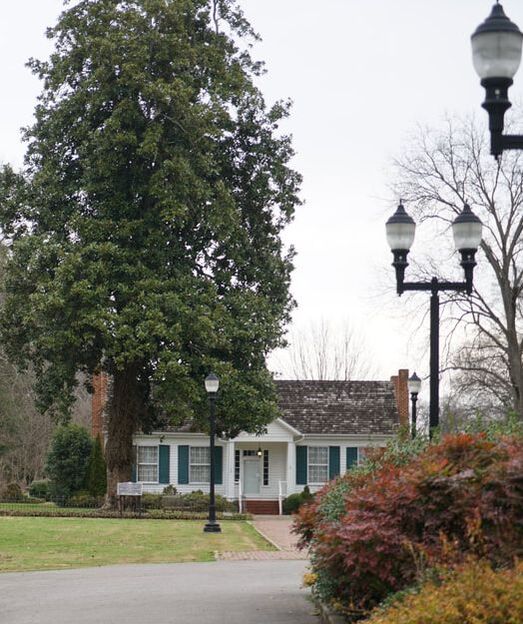
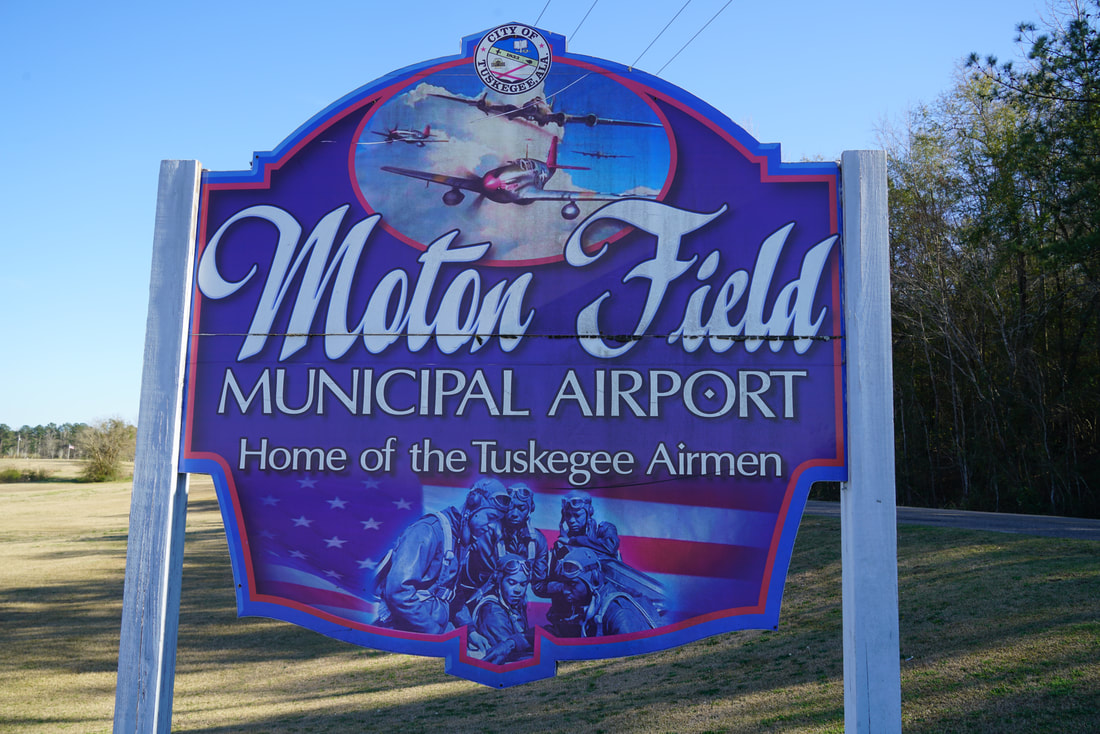

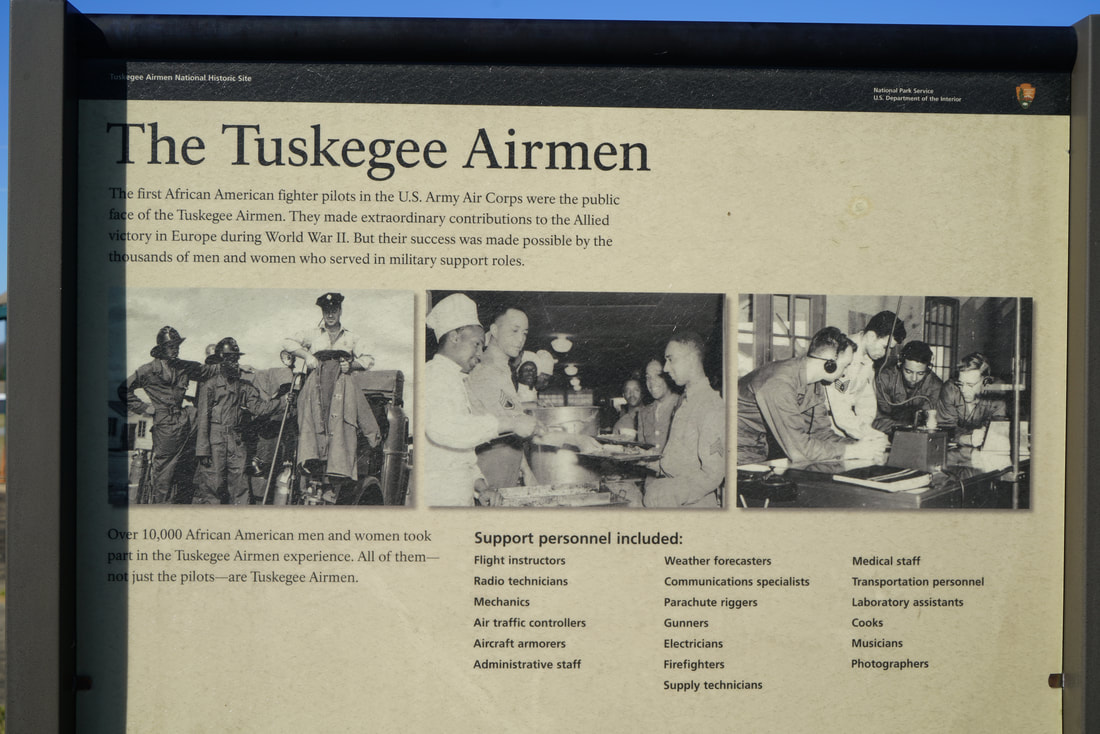

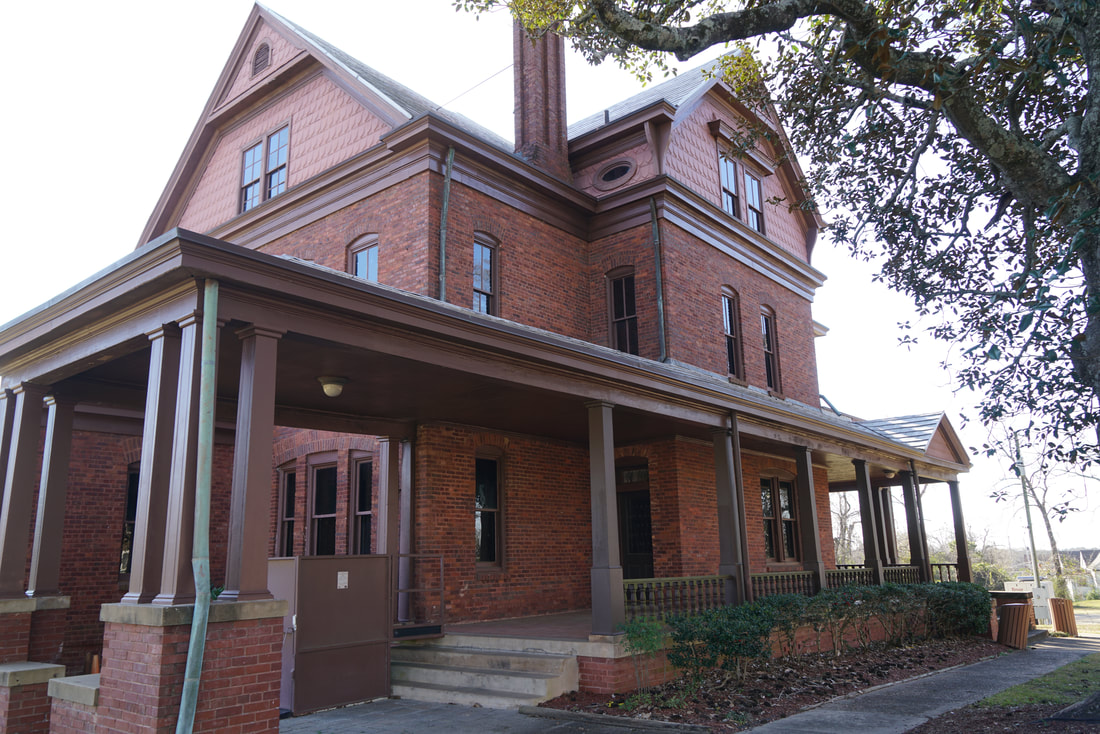
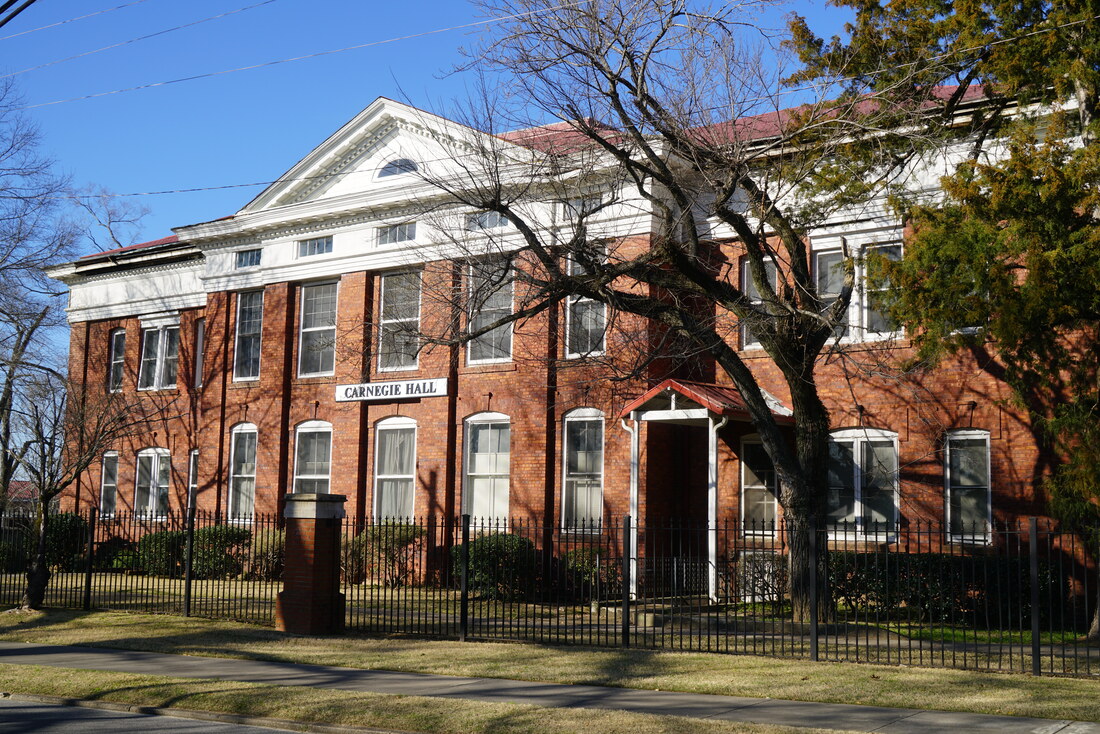
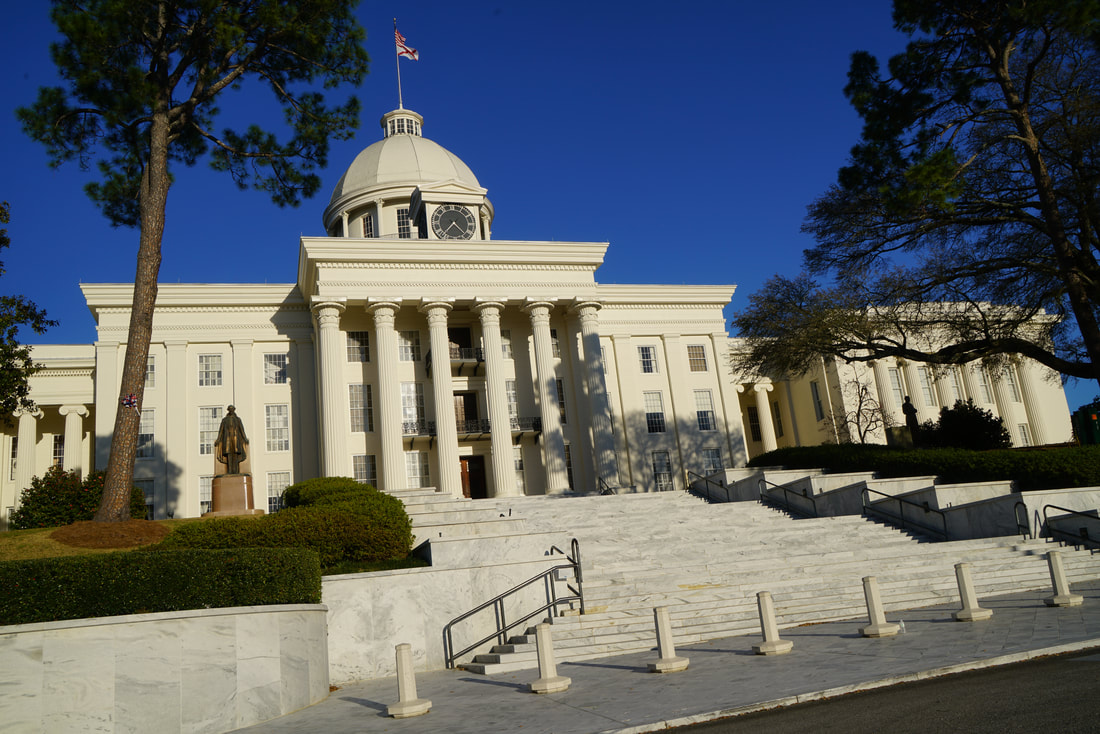

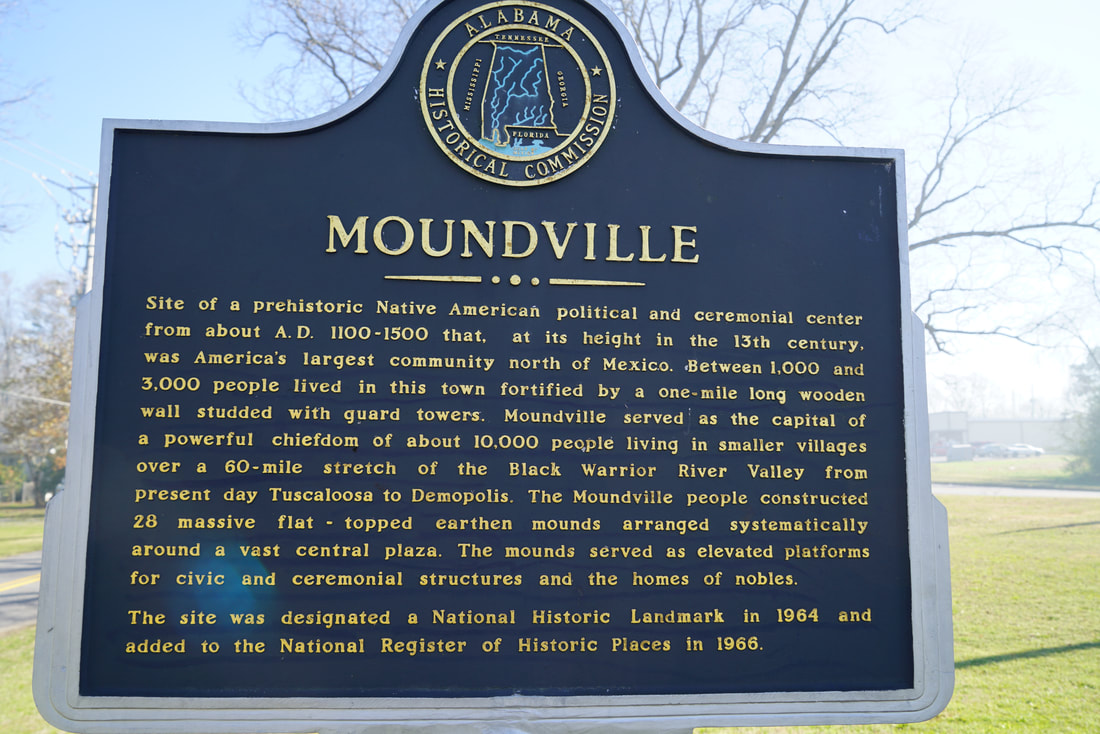
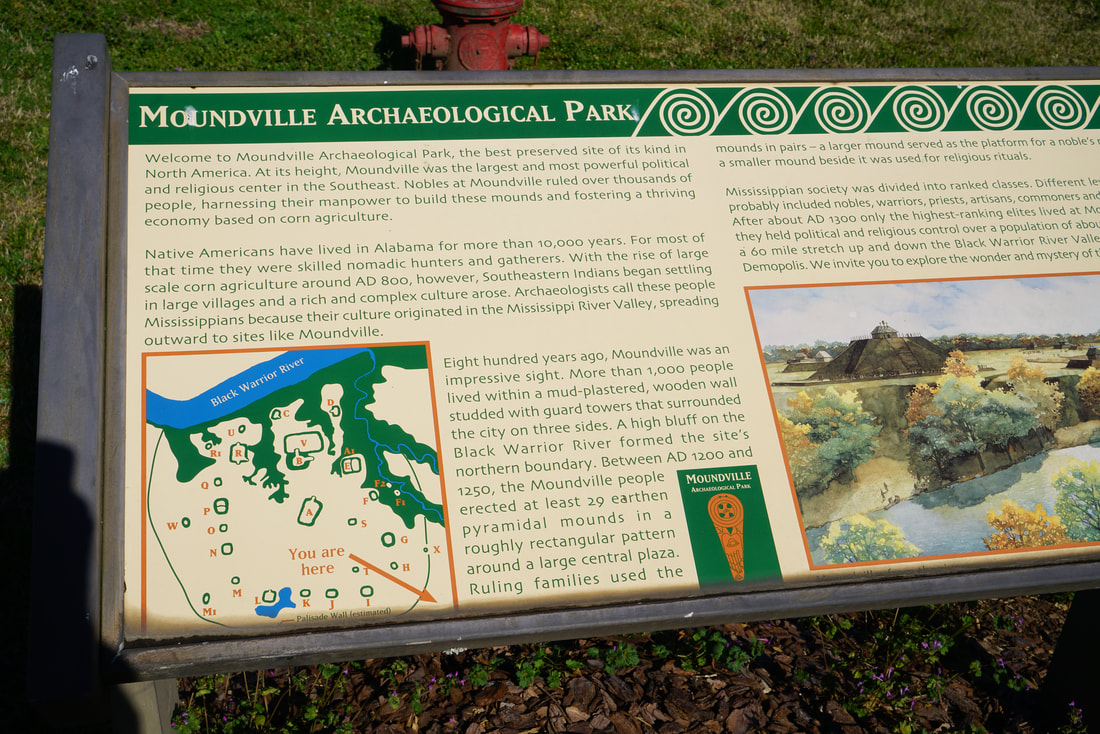
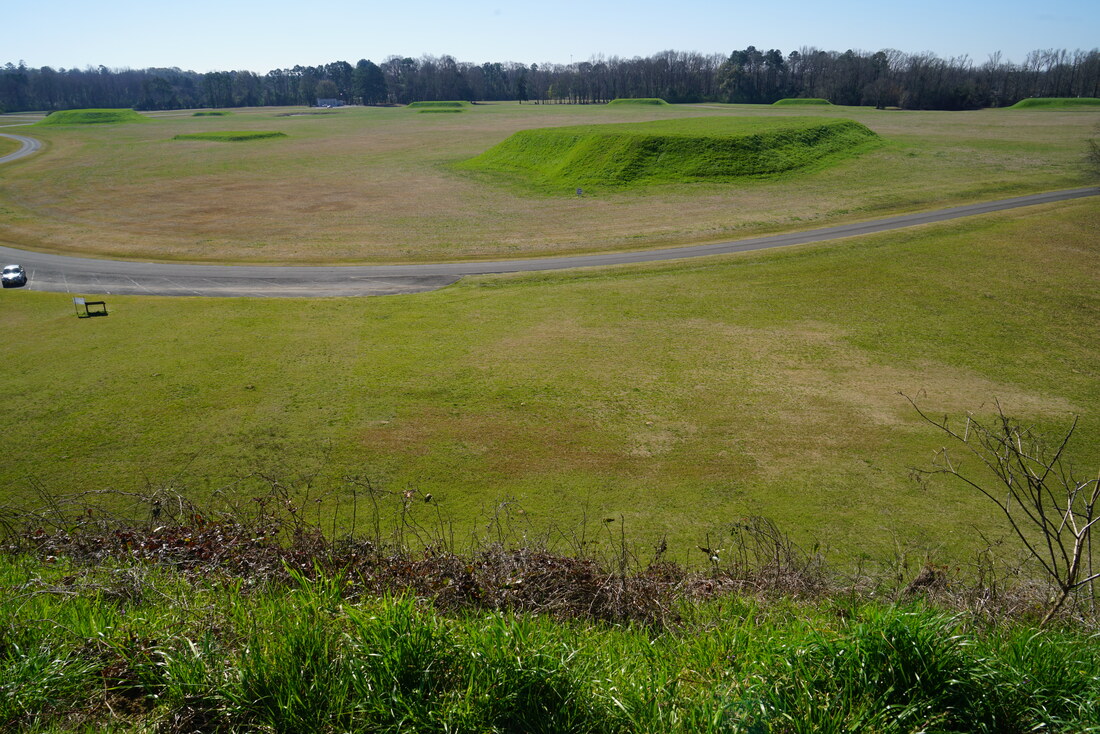
 RSS Feed
RSS Feed